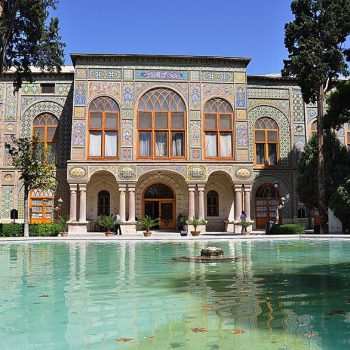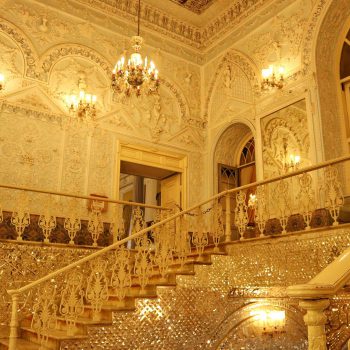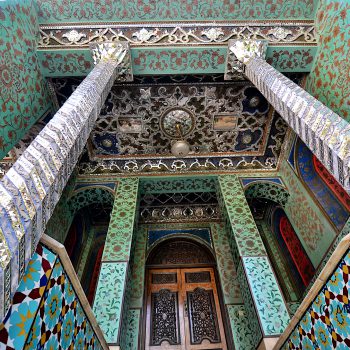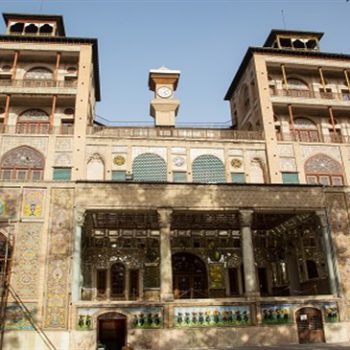Golestan Palace (Iran) – UNESCO World Heritage Centre
While the Golestan Palace saw a rise in importance in 1794 under the Qajar dynasty’s naming of Tehran as the capital, it was actually constructed much earlier under the Safavid dynasty in 1524. It was the Shah, Tahmasp I, who saw to the building of the palace, along with a defensive wall to protect the residing dynasty. It remained in this state until the beginning of the Zand dynasty in 1750, when Shah Karim Khan Zand oversaw a renovation of the palace. Following his assassination in 1797, the palace would see its use changed to be a formal area for royal receptions.
Golestan Palace Highlights
Golestan Palace is an opulent complex of 17 grand structures set around a large elegant garden , including the following: the Imarat-i Takht-i Marmar, (also called the Marble Throne Building, …Iwan-i Takht-i Marmar, or Iwan-i Marmar, 1759), the Khalvat-i Karim Khani (Karim Khani Palace, 1759), the Talar-i Almas (Diamond Hall, 1801), the Imarat-i Badgir (Wind-catcher Building, 1813), the Talar-i Aaj (Hall of Ivory, 1863), the Shams al-Imarat (Shams-ol Emareh, or Sun Building, 1866), the Talar-i Salam (Reception Hall, 1874), the Mouze-i Makhsous (Special Museum, 1874), the Talar-i Ayeneh (Hall of Mirrors, 1874), the Imarat-i Brelian (Talar-i Brelian, or Hall of Brilliant Diamonds, 1874), the Kakh-i Ab’yaz (White Palace, 1890), and the Chador Khaneh (Tent House).
How to Visit
Visitors are recommended to allocate at least three hours to tour the Golestan Palace. Whole complex has one ticket and you can visit all museums and palaces when you go inside .




